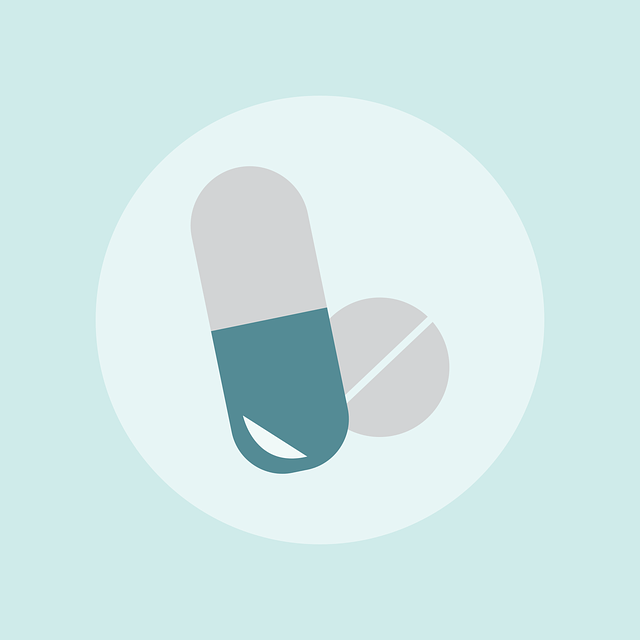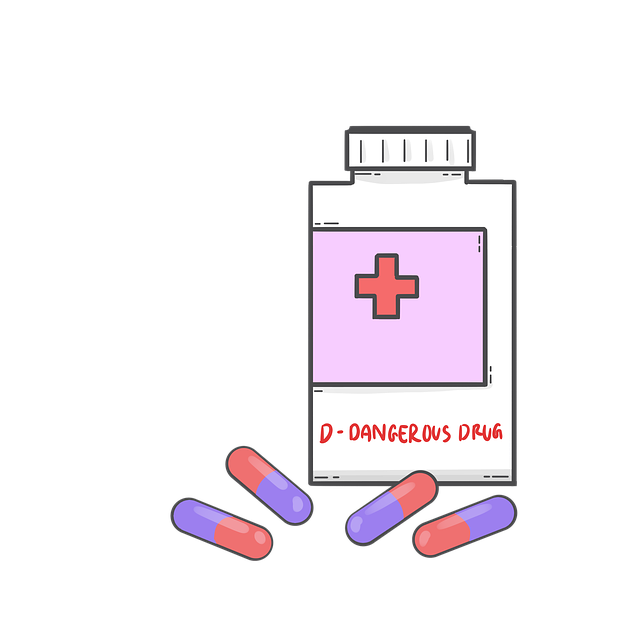Semaglutide, a groundbreaking once-weekly injection for type 2 diabetes and weight management, mimics natural hormone GLP-1 to regulate blood sugar levels and promote weight loss. Dosing is personalized, starting with low doses adjusted based on patient response, age, weight, health status, adherence, and lifestyle. Healthcare providers initiate treatment with 0.5 mg weekly, gradually increasing to 1 mg after one to two weeks if well-tolerated. Key markers for optimization include weight loss, blood sugar control, and adverse effects, with adjustments guided by HbA1c levels and patient response. Regular follow-ups ensure dynamic adjustments tailored to individual metabolisms, improving long-term glycemic stability and patient satisfaction.
“Discover the art of optimizing semaglutide treatment through precise dosage adjustments. This comprehensive guide explores the factors that shape semaglutide dosing decisions, offering a deep dive into its therapeutic role and initial strategies for maximum effectiveness. From understanding patient responses to common considerations, learn how to tailor semaglutide therapy for individual needs. Optimize outcomes with our expert insights on managing semaglutide dosing, ensuring personalized care in today’s medical landscape.”
Understanding Semaglutide and Its Therapeutic Role

Semaglutide is a novel, once-weekly injectable medication that has revolutionized the treatment landscape for type 2 diabetes and weight management. It operates as a glucagon-like peptide-1 (GLP-1) receptor agonist, mimicking the effects of the natural hormone GLP-1, which stimulates insulin secretion in a glucose-dependent manner and inhibits glucagon release. This dual action helps to lower blood sugar levels while promoting weight loss. The therapeutic role of semaglutide lies in its ability to provide significant improvements in glycemic control, reduce body weight, and decrease cardiovascular risk markers in patients with type 2 diabetes.
The dosing of semaglutide is a critical aspect of its therapeutic application. Starting doses are typically lower and are gradually increased over time to optimize patient response. Healthcare providers carefully monitor patients’ blood sugar levels, weight changes, and any adverse effects during the titration period. This personalized approach ensures that each patient receives an appropriate semaglutide dosing regimen, maximizing therapeutic benefits while minimizing potential risks associated with GLP-1 receptor agonist therapy.
Factors Influencing Semaglutide Dosage Decisions

Several factors guide and inform decisions regarding semaglutide dosing, ensuring optimal treatment outcomes for individuals with type 2 diabetes or obesity. One key consideration is the patient’s response to the medication; those with better glycemic control may require lower dosages, while others might need higher doses for more significant effects. The body’s individual response to semaglutide varies, influenced by factors such as age, weight, and general health status. For instance, older patients or those with certain medical conditions might necessitate a different dosing approach due to potential changes in drug metabolism.
Additionally, the choice of semaglutide dosing is informed by patient adherence and lifestyle. Patients who consistently adhere to their medication regimens and maintain a healthy diet and exercise routine may achieve better results with lower dosages. Conversely, individuals facing challenges in adhering to these practices might require higher doses to compensate for potential variations in blood sugar levels. Healthcare providers tailor semaglutide dosing accordingly, regularly monitoring patient progress to make informed adjustments.
Initial Dosing Strategy for Optimal Response

When introducing semaglutide, a tailored initial dosing strategy is key for achieving optimal patient response. Typically, healthcare providers start with a low dose and gradually increase it to minimize side effects while allowing the body to adapt. For instance, a common approach begins with 0.5 mg once weekly, which can be advanced to 1 mg after one to two weeks if well-tolerated.
This stepwise augmentation allows patients to build tolerance, enhancing their overall experience with semaglutide therapy. By carefully monitoring individual responses, healthcare professionals can optimize dosing, ensuring both effectiveness and patient comfort, ultimately facilitating better glycemic control.
Adjusting Dose Based on Patient's Clinical Outcome

When prescribing semaglutide, healthcare providers should closely monitor patients’ clinical outcomes to determine any necessary adjustments in dosing. The response to semaglutide can vary significantly from person to person, making it crucial to individualize treatment based on each patient’s unique needs. Regular follow-ups allow for the assessment of key markers such as weight loss, blood sugar control, and any adverse effects. If a patient shows a favorable response with significant improvements in these areas, the dose might be optimized to maintain or enhance those benefits.
Conversely, if the clinical outcome is suboptimal, a dose reduction may be appropriate to minimize side effects while still achieving some therapeutic effect. It’s important to strike a balance between maximizing the beneficial effects of semaglutide and ensuring patients’ well-being by managing potential adverse reactions. This dynamic process requires ongoing communication between healthcare providers and patients to make informed decisions about semaglutide dosing.
Common Considerations for Dosage Modifications

When making adjustments to Semaglutide dosing, several common considerations come into play. The primary goal is always to achieve and maintain optimal blood sugar control while minimising side effects. Factors such as patient age, overall health status, weight, and individual response to treatment are crucial in determining the appropriate semaglutide dose. For instance, younger patients or those with more robust metabolic profiles might require higher initial doses, while older adults or individuals with comorbidities may necessitate a lower starting point.
Additionally, monitoring of haemoglobin A1c (HbA1c) levels is essential to guide dosing decisions. HbA1c provides a long-term average of blood glucose control, helping healthcare providers assess the effectiveness of semaglutide therapy. If HbA1c levels are consistently below target, dose reduction may be considered to prevent excessive hypoglycaemia. Conversely, if HbA1c remains elevated despite optimal dosing, a higher dose or alternative treatment strategies might be necessary.
Individualized Therapy: Tailoring Semaglutide Treatment

Semaglutide treatment is not a one-size-fits-all approach. The key to successful management lies in individualized therapy, where dosages are adjusted based on each patient’s unique response. This personalized strategy acknowledges that every individual metabolizes semaglutide differently, influenced by factors like age, weight, medical history, and other medications.
Doctors carefully monitor patients’ blood sugar levels (HbA1c) and assess their overall glycemic control to determine the most effective semaglutide dosage. Regular follow-ups allow for dynamic adjustments, ensuring optimal treatment outcomes while minimizing potential side effects. This tailored approach not only enhances patient satisfaction but also significantly improves long-term glycemic stability.
